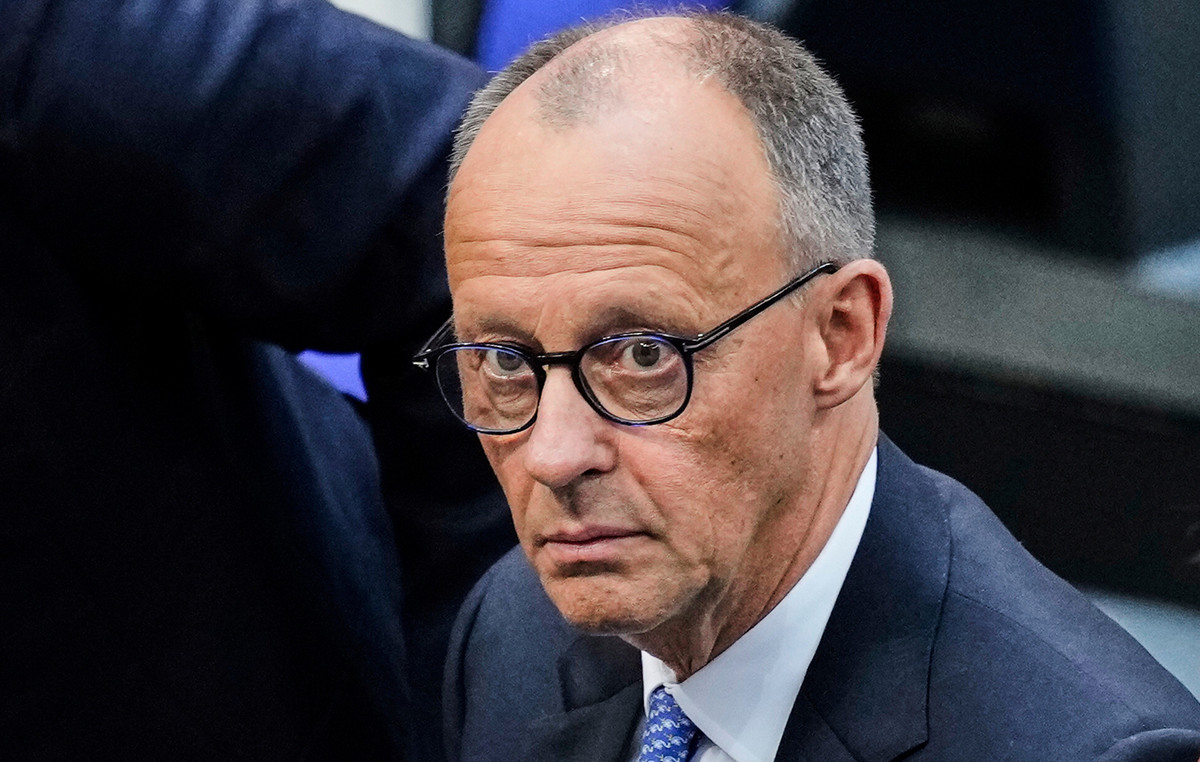Ukraine stabilized the front north of Kherson after Moscow launched an offensive a month ago, thanks to more weapons and permission to use them to hit positions inside Russia. But its forces are being stretched elsewhere along the thousand-kilometer long front line and are defenseless against Russia’s deadly aerial bombs.
A senior Security Service of Ukraine (SBU) officer, known by the code name Bankir, and currently fighting in the Kharkiv region, told CNN that the ability to strike Russian targets across the border was already having a positive impact.
“It is now possible to carry out local counterattack operations and recapture the territories that, for example, were taken by the enemy a week ago, the SBU officer said.
For much of the war, Ukraine has been limited when it comes to using powerful Western weapons against Russia.
Kiev’s allies have long maintained that its combat machines should not attack inside Russian territory for fear of provoking Moscow, limiting their use to targets inside Ukraine, including in occupied areas.
But that changed after the Kharkiv offensive. First, European countries, including France and Germany, allowed Ukraine to attack targets inside Russia, and then, most significantly, the US gave the go-ahead for Ukraine to use its weaponry around Kharkiv.
“Our policy of using long-range weapons to enter Russia has not changed, but what we have done is provide Ukraine with the ability to counterattack, to fire back at Russian troops that are firing at them and to be able to neutralize their artillery batteries while they’re shooting at the Ukrainians, and I believe that’s going to prove very, very useful to Ukraine in the future,” Secretary of Defense Lloyd Austin told CNN .
The US HIMARS system has become the weapons system to target Russian positions, according to Yehor Cherniev, deputy chairman of the Ukrainian Parliament’s Committee on National Security, Defense and Intelligence.
Due to the threat of being hit by HIMARS, the Russians have begun using S-300 and S-400 missile systems much less frequently to attack the Kharkiv region, but aerial bombs remain a problem. They are launched from such a height that they are beyond the reach of Ukrainian defenses.
“Unfortunately, we are still not allowed to hit Russian aircraft at airfields with American weapons and we are not allowed to use ATACMS missiles on Russian territory,” Cherniev said, referring to a long-range missile system. “Because of this, we have not yet been able to solve the problem of aerial bomb attacks on our territory. Kharkiv and other border areas are still suffering from airstrikes, and many civilians are dying.”
While the Russian advance has slowed as assessed by the US and Ukraine, Moscow’s forces continue to press along the new front line in the north.
The Russians are focusing on trying to cross the village of Hlyboke north of Kharkiv. If Russian forces manage to gain a foothold there, they could advance to the village of Lyptsi, which lies 30 kilometers north of Kharkiv – putting the city, with its historical, cultural and industrial importance, within artillery range.
Northeast of Kharkiv, Russian forces continue to hold a position in the city of Vovchansk. According to Nazar Voloshyn, a Ukrainian military spokesman in the east, the fighting turned into close combat, with units fighting street to street. But “most of the city is under the control of the Ukrainian Defense Forces,” Voloshyn told CNN .
“To disperse the forces and means of our defense forces, the enemy launched an additional campaign in Kharkiv… they were partially successful, but the defense forces stabilized the situation,” said Yurii Fedorenko, company commander with the 92nd Mechanized Brigade Separate, currently fighting in the Kharkiv region.
The UN Human Rights Monitoring Mission in Ukraine (HRMMU) recorded a “significant increase” (31%) in civilian deaths in the country in May compared to April. According to the HRMMU, more than half of the casualties occurred on the new northern front and because of “air-dropped bombs and missiles in populated areas, such as communities near the front line and the city of Kharkiv.”
To fight the Russians in Kharkiv, Ukraine needs to divert men and weapons from other parts of the front line in the Donetsk and Luhansk regions. One of Russia’s main objectives has been to exercise complete control over the two eastern regions. And that’s exactly where Russia has been pushing very actively, according to Voloshyn.
In the east, Moscow had targeted the town of Chasiv Yar in the Donetsk region. Russian troops made some advances. Further south along the eastern front line, the Russians made advances westward to the town of Avdiivka, taken by Russian forces in February.
“The Russian army is trying to do everything possible on the front line before US aid arrives in Ukraine and is trying to use this window of opportunities in every possible way,” according to Voloshyn.
The Russians are trying to seize the moment as weather conditions and daylight hours make conditions more conducive to ground operations. They are also racing against time before more weapons arrive from Ukrainian allies, especially as the West is slowly moving closer to allowing Ukraine to use the weapons on Russian territory.
NATO F16s are expected to arrive soon and France has promised to equip Ukraine with its Mirage 2000-5 fighters. Western weapons and a new push to recruit more soldiers into the Ukrainian military could give Ukraine the boost it needs.
Source: CNN Brasil
Bruce Belcher is a seasoned author with over 5 years of experience in world news. He writes for online news websites and provides in-depth analysis on the world stock market. Bruce is known for his insightful perspectives and commitment to keeping the public informed.



.jpg)



